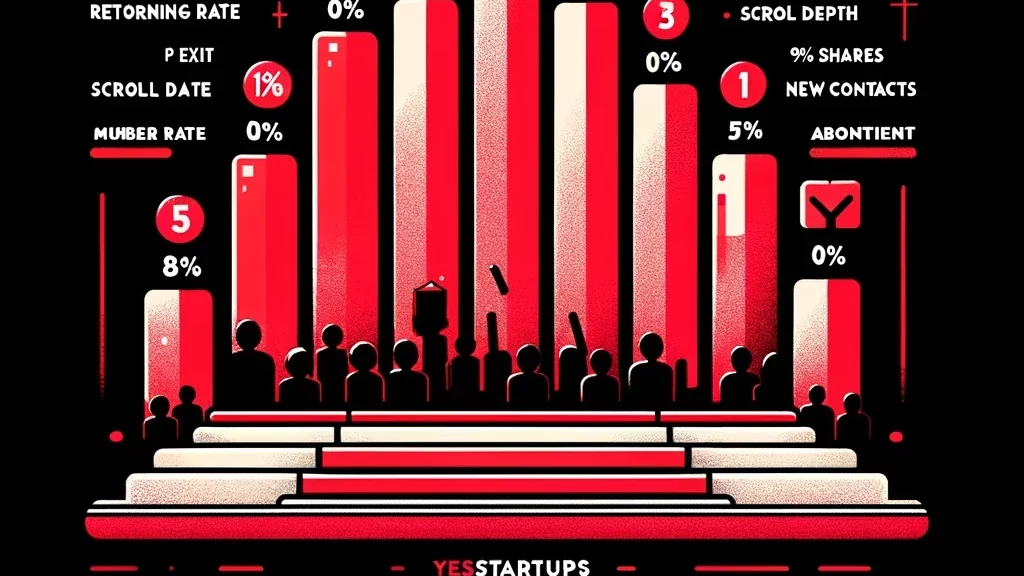The digital advertising landscape is undergoing a significant transformation, fueled by changes in consumer behavior and advancements in technology. With traditional methods like cookies becoming less reliable, advertisers are turning to new forms of data to target their audiences more effectively. Here’s how the future of advertising is evolving:
Embracing the Power of Video
Video advertising continues to dominate, reflecting consumer preferences for engaging, dynamic content. Platforms like Snapchat and YouTube are at the forefront, offering unique opportunities for advertisers to connect with their audiences. Snapchat's immersive ad capabilities, including augmented reality filters, engage millions daily, with users opening the app more than 30 times a day and spending over 30 minutes interacting with content. This platform proves especially effective for reaching younger demographics, with significant engagement leading to higher brand recommendation and purchase rates.
YouTube, with its vast reach of 2.53 billion users, showcases the importance of video content in today's advertising strategies. Not only do users spend an average of 23.2 hours per month on the platform, but they also find YouTube ads more relevant and are twice as likely to purchase products seen there. This makes YouTube a key player for advertisers aiming to boost sales through video content.
The Rise of Audio Digital Marketing
Audio advertising is emerging as a powerful channel, with digital audio's daily consumption surpassing that of subscription video services and social media networks. This trend is driven by the increasing popularity of podcasts and music streaming services, offering advertisers cost-effective and personalized ways to reach their audiences. With over 82 million Americans listening to podcasts—primarily millennials and Gen Zs—the podcast advertising market is expected to continue its rapid growth, reaching billions by 2027.
Social Media and Influencer Marketing
Social media platforms and influencer marketing remain crucial for connecting with customers in a personal and interactive way. Authenticity is key, with consumers favoring brands that demonstrate genuine engagement over superficial interactions. Influencer marketing, particularly with micro-influencers, offers a cost-effective strategy for brands to reach their target audiences. The success of campaigns by brands like Rare Beauty, which collaborated with relatable creators instead of high-profile celebrities, underscores the power of authenticity in driving conversions.
Navigating the eCommerce Space
eCommerce advertising is another area experiencing rapid growth, with Amazon leading the charge. The platform accounts for a significant portion of eCommerce ad spending, offering advertisers high ROI and conversion rates. Sponsored products, prominently displayed at the top of search results, are particularly effective, capturing a large share of consumer clicks. This strategy is essential for eCommerce businesses looking to stand out in a crowded online marketplace.
Looking Ahead: Native Ads and Voice Search Optimization
As we move forward, more brands are expected to experiment with native ads, which blend seamlessly into the user's browsing experience, offering a less intrusive way to capture attention. Meanwhile, voice search optimization is becoming increasingly important, with the number of digital voice assistant users projected to double by 2024. This shift highlights the need for advertisers to adapt their strategies to include voice-activated searches, ensuring their brands remain visible in this evolving digital landscape.
The future of advertising lies in leveraging live data, video content, social media engagement, and audio marketing to create more personalized and effective advertising campaigns. As technology evolves, so too will the strategies advertisers use to connect with their audiences, emphasizing the importance of adaptability and innovation in the digital age.







